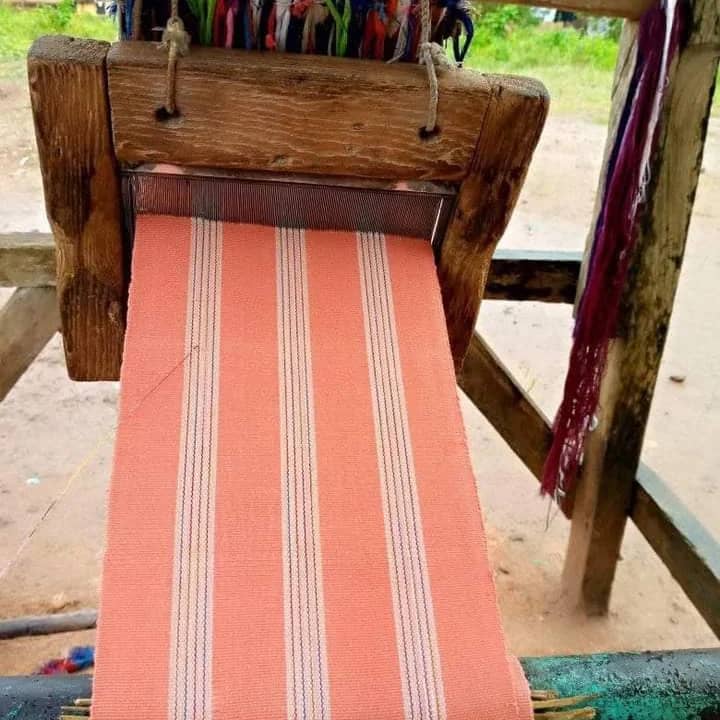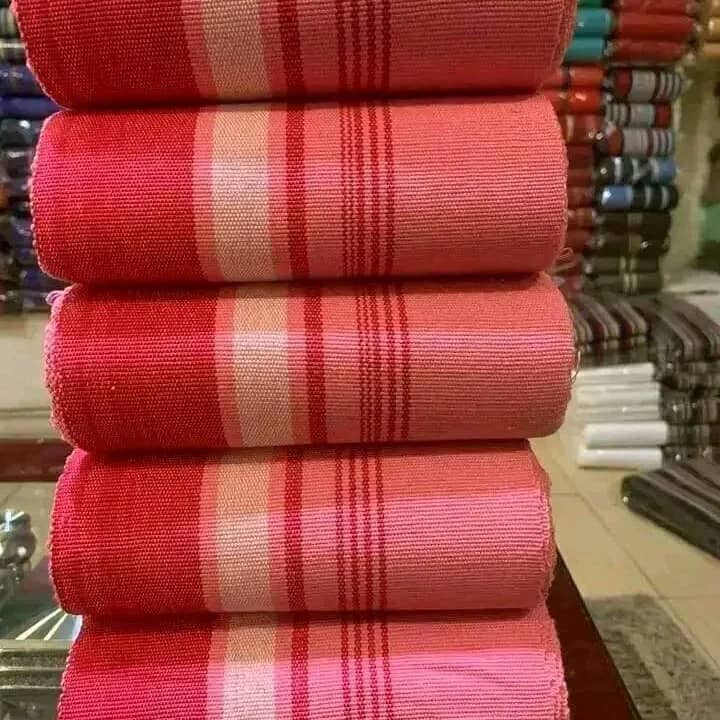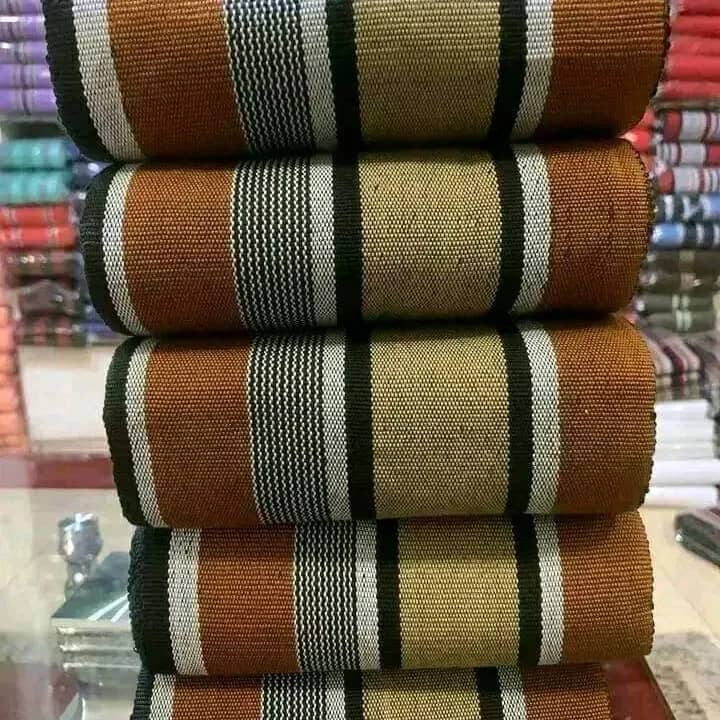By Ruth Adebayo
Aso Oke is a traditional fabric that originated centuries ago from the Yoruba people, one of the largest ethnic groups in West Africa, particularly in Nigeria. The fabric reflects the richness of Yoruba craftsmanship and their long-standing tradition of weaving.
History
Aso Oke is a fabric of great cultural importance, originating from the Yoruba people in Nigeria. The name “Aso Oke” means “top cloth” or “upper cloth” in the Yoruba language.
It was historically worn by royalty, nobles, and other high-ranking individuals during important events or ceremonies, making it a symbol of status, wealth, and cultural pride.
Trends
Aso Oke plays a crucial role in the traditional attire of the Yoruba people, especially during major celebrations like weddings, birthdays, and religious ceremonies. It is also worn during various annual festivals to celebrate the Yoruba deity.
Though Aso Oke originated among the Yoruba people, its influence has spread across Nigeria and other regions of the world. the Aso Oke tradition has grown in popularity beyond its initial Yoruba heritage.
Cultural Heritage
Aso Oke has found its way into fashionable trends for people. What was once reserved for royalty and ceremonial occasions became more accessible, and the fabric gained national recognition as part of Nigeria’s cultural heritage.

Today, Aso Oke continues to be worn during traditional ceremonies, but it has also found its place in contemporary fashion, Designers have reinterpreted Aso Oke, combining it with modern cuts and styles for Fashion shows and runway collection. In addition, they are now incorporating this traditional fabric, blending it with global fashion trends to create a fusion of the old and the new.

Modern twist to Aso Oke
- Bou Bou style

First up, the elegant Boubou style is becoming very popular. Fashion lovers are wearing flowing Aso Oke boubou outfits that show off class and elegance. The well-woven patterns and colors of the Aso Oke fabric add a touch of luxury to this timeless style.
- Two piece Aso Oke style

Next, the chic two-piece Aso Oke design is another favorite trend among fashion-forward individuals. This modern take on traditional Aso Oke features making a stylish top and trousers with aso oke or pairing it with matching trousers, offering versatility to mix and match or wear with other pieces for a fresh, contemporary look.
3. Oleku style

Also, the oleku style is another modern makeover with Aso Oke fabric. Fashion enthusiasts are loving the elegant, draped look of oleku Aso Oke outfits, which are perfect for special occasions and events.
4. Aso Oke shoes and Bags


Another modern twist Aso Oke is taking is the use of the fabric in creating classic shoes and bags, adding a touch of class and sophistication.
5. Sokoto labulabu/cargo pant

Another popular modern twist on Aso Oke is taking is the cargo pant style, popularly known as Sokoto Labulabu. The Sokoto Labulabu can be paired with shirts, round-neck tops, crop tops, and more. It can also be accessorized with various pieces to give it a refined, stylish look.
Which Aso Oke style will you be rocking? Share your photos with us and let’s celebrate the beauty of Aso Oke together!


1 Comment
This is super great